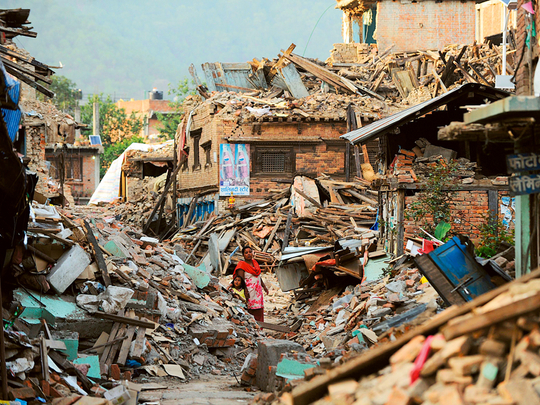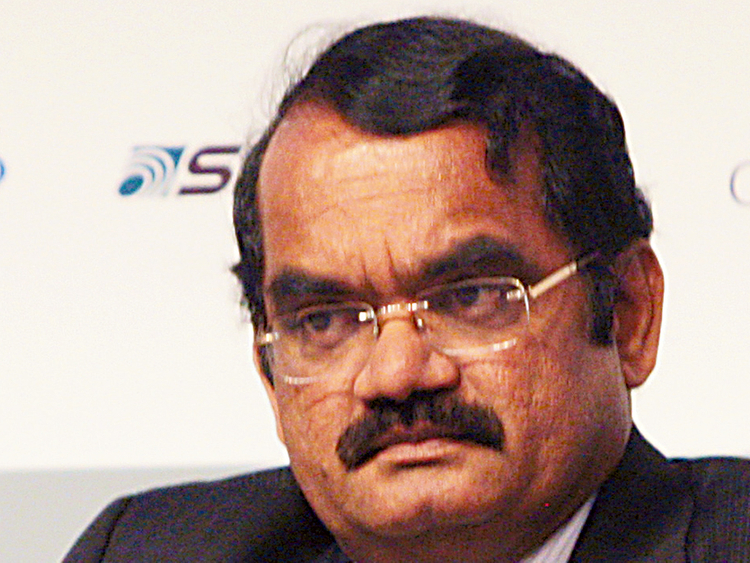
Abu Dhabi: India is experimenting with systems to forewarn of earthquakes which still remain a mystery to science and technology, a senior Indian scientist told Gulf News in an interview.
“Now we can unambiguously forecast rain and cyclones but not earthquake. But it is said there is a link between activities occurring on the earth and ionosphere,” said Dr Mylswami Annadurai, director of Indian Space Research Organisation (Isro) satellite centre in Bengaluru in India, who was in Abu Dhabi to address the fifth Global Space and Satellite Forum.
Ionosphere is the layer of the earth’s atmosphere lying above the mesosphere and extends from about 80km to 1,000km above the earth’s surface.
“If that is true, we may be able to forewarn earthquakes,” said Annadurai, who was involved in India’s Mars Mission.
India put its first-ever Mars probe into orbit in September 2014, becoming just the fourth entity after the US, Russia, and the European Space Agency to accomplish the epic mission.
On earthquake forewarning, he said navigation systems like the Global Positioning System (GPS) will be used for monitoring activities on earth [seismic activities].
He said censors installed on the surface of the earth across India and linked with navigation satellites can constantly monitor variations in activities. Simultaneously, satellites will be monitoring activities in the ionosphere.
“We will correlate the findings of both these activities. These all are the possibilities of a point of advantage … for a possible forewarning. For example, if we can connect these links together, we can forewarn the earthquake. It is a possibility,” he said.
Asked the details of the project, he said: “It is a very modest programme. Some students [researchers] are making satellites looking at the ionospheric activities. These all are experiments,” Annadurai said.
Asked whether he is optimistic about its success, he said: “We can’t always be sure about the results. You have to ready for both success and failure. For example, the purpose of Chandrayaan [India’s Moon Mission] was to tell unambiguously whether water was there on the Moon or not. Both answers would have been a scientific result.”
Using Chandrayaan’s data, the National Aeronautics and Space Administration (Nasa) of the US detected magmatic water locked under the surface of the Moon.













